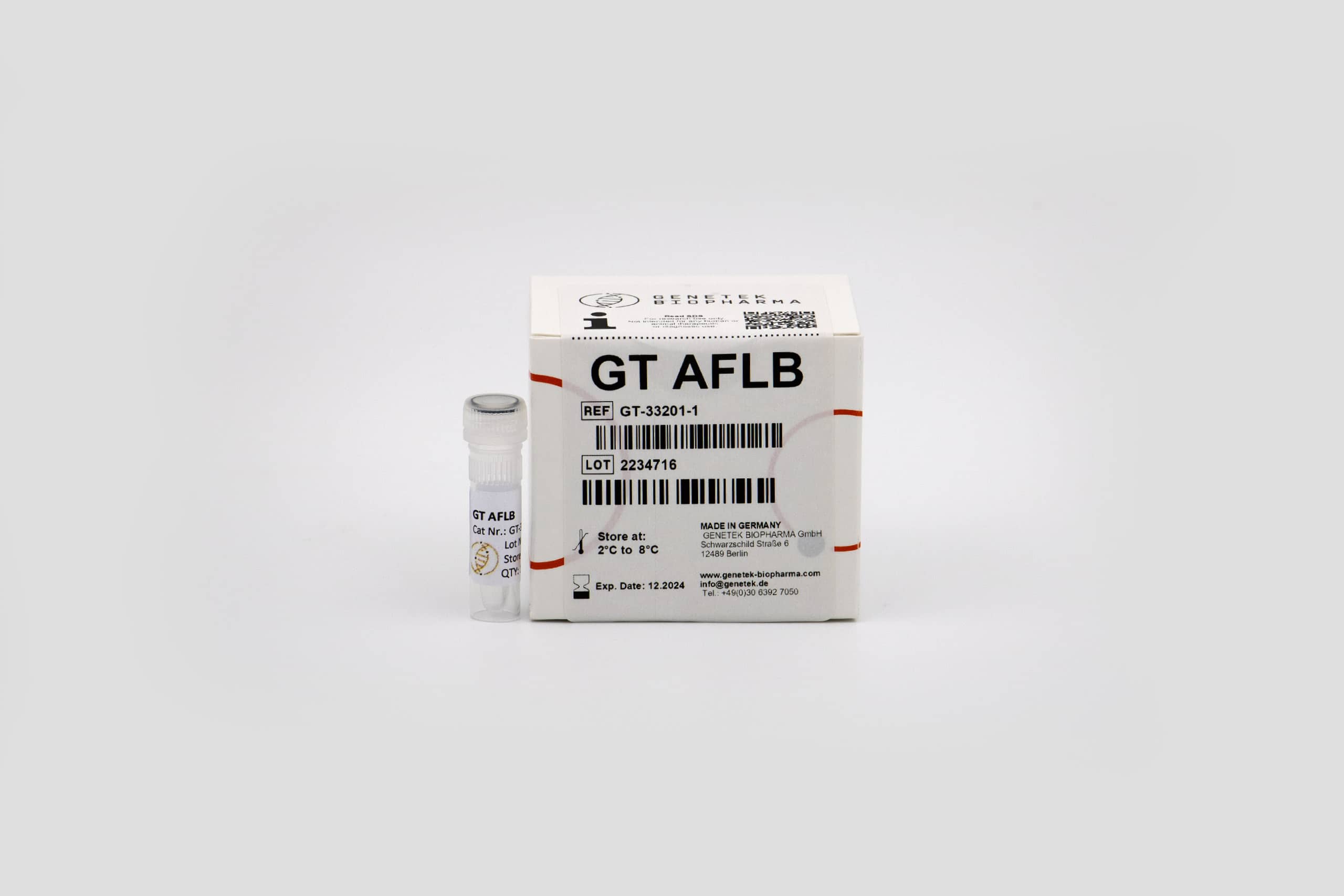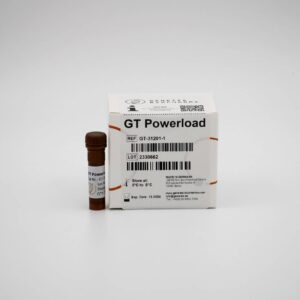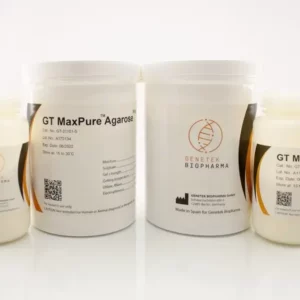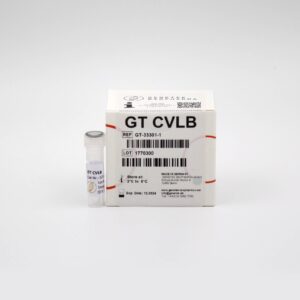Amniotic fluid is usually used for cytogenetic and molecular analysis to determine the fate of a fetus during prenatal diagnosis (PND). For molecular analysis such as QF-PCR, one needs DNA extracted from amniotic cells either by direct extraction from amniocytes or cultured cells. DNA extraction can be expensive and time-consuming. Genetek has developed a unique buffer for quick and reliable required DNA for most molecular analysis especially QF-PCR from Amniotic Fluid cells without a particular extraction procedure.
GT AFLB has been used extensively with most Genetek multiplex PCR-based kits like,
Storage:
The GT AFLB should be kept at 4˚C.
Advantages:
- No special treatment is required
- No DNA extraction is needed
- Its inexpensive and easy to use
- Small number of Amniotic cells are needed.
How to use:
Centrifuge 1.5-10 ml of amniotic fluid at 12000 rpm in a tabletop microcentrifuge for 5-10 min. Add 2-10 µl of GT AFLB and leave for 2-5 min at room temperature. The PCR program must have a hot start program with at least 5 min of initial denaturation at 95˚C. Add one µl of this lysate to a 20 µl PCR. Unused amniotic cells can be stored at 4˚C for short use or store it at – 20˚C for future use.
This buffer has been optimized on AneuSure® and AneuSure® Plus, AneuSure® Extra Plus, GT Detector HID kits. For other kits, the user must test and optimize the PCR condition.
Troubleshooting:
We recommend the use of DNA extracted as a control for first-time use. The GT AFLB should produce the same type of result if the right amount of cell lysate is used. Experienced labs have seen that the same volume of different amniotic fluids have different cell numbers per milliliter of amniotic fluid. There are different reasons for this including gestational age. So, optimization on the number of cells must be done initially by using different amounts of GT AFLB on the pelleted amniotic cells and how much to use.






